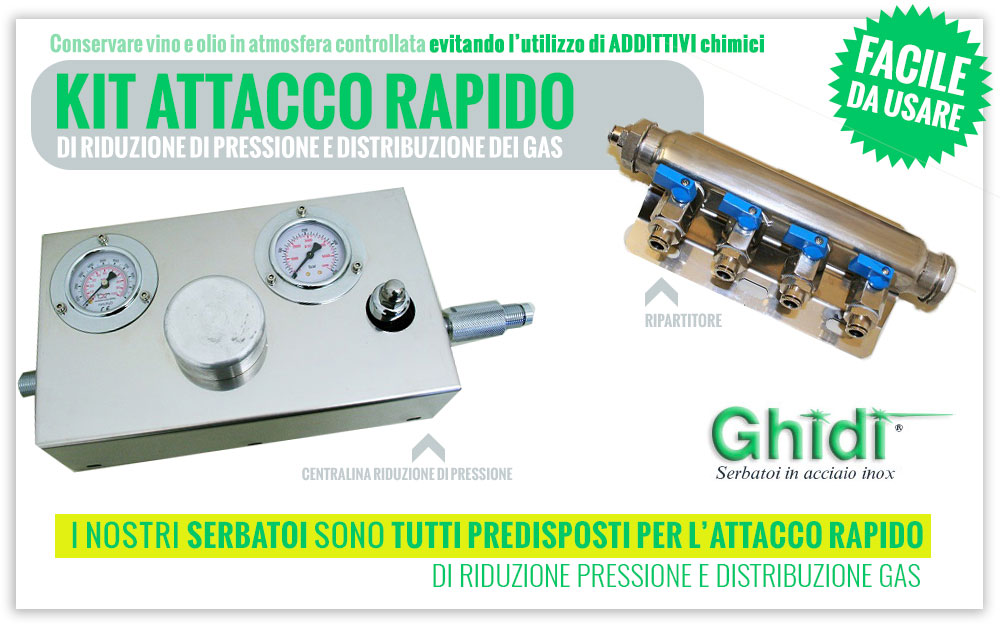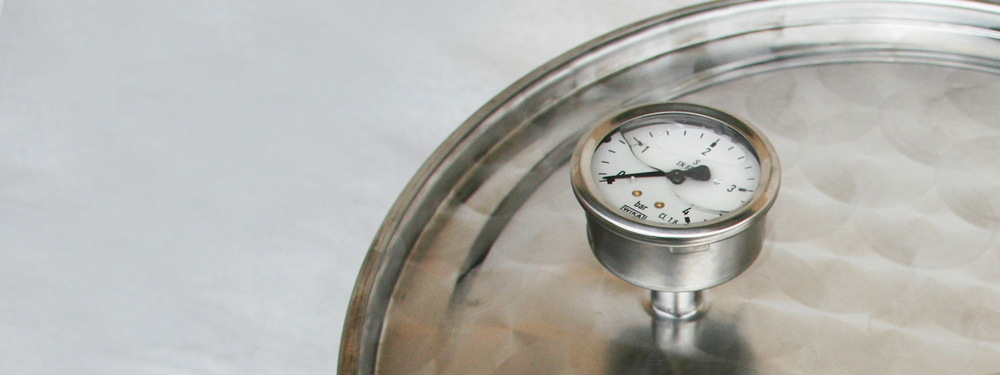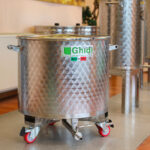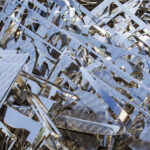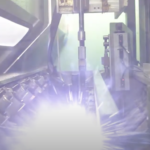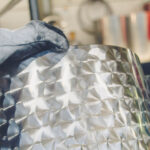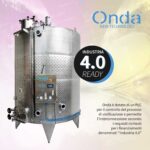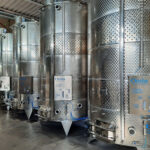Store wine and oil in a controlled atmosphere, avoiding the use of chemical preservatives
Here is a brief explanation of which technical gas to use and why
Controlled-atmosphere preservation is a technique used to avoid oxygen contact with the food surface in order to increase shelf life while reducing the use of chemical preservatives.
The gases used for these practices are gases found in the air we normally breathe and therefore not harmful to our health.
Foods that are usually preserved using this technique include meat, vegetable products, fish, as well as fruits, cheeses, and baked goods, all the way to fresh pasta even with filling.
In food product packaging, oxygen from the environment is “replaced” with an inert gas inside the package: the most commonly used are nitrogen, carbon dioxide, argon or their mixtures.
In recent years, this technique is also frequently applied in the production, preservation and storage of wine and extra virgin olive oil in order to limit the oxidative processes that are, in some cases, responsible for the loss in terms of nutritional and organoleptic value of the product, until its complete deterioration.
The choice of one technical gas over another depends on the food to be stored or the cost and market availability of the gas itself.
CARBONIC ANHYDRIDE (symbolCO2)
It is a heavier gas than air and can have a preservative and antiseptic action.
Actually, carbon dioxide is not an inert gas because it is an electrophilic reactant soluble in liquids and is responsible, for example, for the effervescence of sparkling mineral water and carbonated soft drinks.
The characteristics of this gas therefore, make it suitable for storing beer and sparkling wines, while it is not used for extra virgin olive oil and “still” wines.
NITROGEN (symbol N)
It is a gas present in the atmosphere (of which it constitutes about 78 percent) in the form of a diatomic molecule (N2).
Molecular nitrogen is very unreactive because its two constituent atoms are joined by a very strong chemical triple bond (N-N). Its low propensity to react with other molecules makes it an inert gas with characteristics similar to those of a noble gas.
ARGON (symbol Ar)
Instead, it is a real noble gas and makes up about 0.94 percent of the Earth’s atmosphere.
Argon is an extremely stable, odorless and tasteless chemical element. It is two and a half times more soluble in water than nitrogen, and has about the same solubility as oxygen.
These characteristics make it equally suitable as nitrogen to prevent oxygen from coming into contact with wine or oil.
Both nitrogen and argon are widely used in the preservation of wine and extra virgin olive oil; nitrogen, being much more abundant in nature than argon is less expensive however it should be pointed out that the yield of argon is greater, in fact its higher molecular weight makes it heavier than air and stratifying on the surface of the liquid more effective at preventing oxidation even if used in smaller quantities.
Our tanks are all prepared for the connection of pressure reduction and gas distribution kits.
The quick-attach kits are easy to use, and our technical department will guide you with telephone assistance in assembly and will also be available later for information and support.
